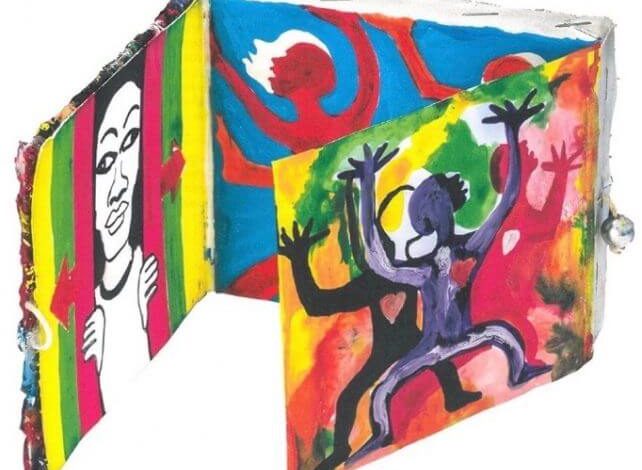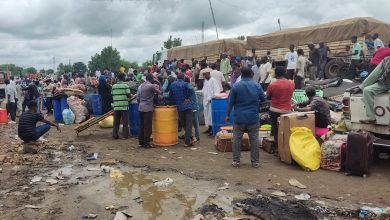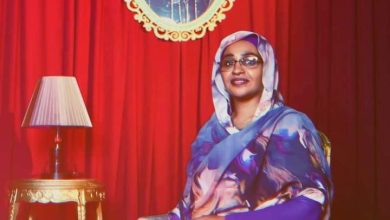Peoples and Cultures of two Sudan

John Ryle – Sudan Events
Whether Sudan is considered as one country or two, cultural diversity and ethnic complexity are among its most immediately striking features. Between them, the republics of Sudan and South Sudan are host to two world religions, myriad local belief systems and hundreds of indigenous languages.
Ethnic groups in Sudan are numerous; and individual and group identities have multiple aspects. As with most peoples, Sudanese differentiate themselves – or have been differentiated by others – using a range of overlapping criteria: lines of descent from a single ancestor, a common language or place of origin, mode of livelihood, physical characteristics, and political or religious affiliation.
The resulting categories may appear to perpetuate difference, but they also enable its opposite: the ordering of relations of exchange and cooperation between communities. Ethnic and other categories change and crosscut one another, reflecting shared histories.
Sudan’s inhabitants have been progressively linked together over centuries by patterns of trade and migration, and by an emerging political economy that has changed their relations to state power and to each other. Their labour—and their ancestors’ labour—has been exploited, often by force, and their livelihoods modified or transformed. They have been both victims and instruments of political turbulence and military devastation. Such disruptive episodes, particularly in recent times, have forced many, particularly those living outside the northern heartland in the Nile valley, to move in order to survive, engendering further economic and cultural transformations
Understanding these Sudanese communities and the relations between them requires an approach that combines geographical, historical and anthropological forms of knowledge. For this purpose, Sudan may be divided into a number of regions.
One is the northern heartland that lies along the Nile between Dongola and Khartoum, and between the Blue and White Niles, which has formed the economic and political centre of successive states in modern times. A second is Nubia, in the far north towards Egypt. A third is the desert region in the east stretching to the Red Sea hills and the coast. A fourth region comprises Darfur and Kordofan in the west; a fifth, the north-south borderlands along the Tenth Parallel; a sixth, the extensive floodplain of the White Nile that forms the southern heartland; and, finally, to the South, beyond these, a seventh, the wooded ironstone plateau of Equatoria, on South Sudan’s borders with East and Central Africa.
People from all these regions have long been resident in major towns all across north and South Sudan (and in neighbouring African countries, and – more recently – in the cities of Europe, North America and Australia). Yet local origin and a sense of belonging based on kinship or common language remain the primary components of identity for most Sudanese, even for those born and raised far from their places of familial or ancestral origin, as increasing numbers are
Some aspects of the cultural diversity of north and South Sudan may be understood as the product of long-term movements of people into or across geographical zones, and corresponding changes in their modes of production, a process that starts with the first expansion of early humans into north-eastern Africa.



